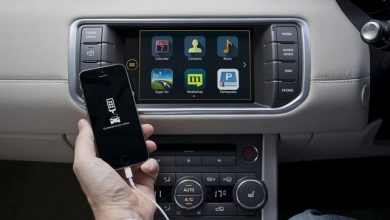Reducing traffic congestion at intersections with vehicle location data
Recently researchers at University of Michigan conducted an 18-month pilot study in Birmingham, Michigan, wherein the team used connected vehicle data insights provided by General Motors.
The researchers looked into the problem of traffic congestion at intersections which causes significant delays and economic costs. There are limitations in traditional methods for optimizing traffic signals, as they are expensive and time-consuming.
Solution: Researchers at the University of Michigan (U-M) developed a system that uses GPS data from as little as 6% of vehicles to recalibrate traffic signals in real-time. This data allows for a more accurate understanding of traffic patterns compared to traditional methods relying on fixed schedules or intersection sensors.
Benefits:
- Reduced congestion: A pilot study in Birmingham, Michigan, resulted in a 20-30% decrease in stops at signalized intersections.
- Lower cost: The U-M system is significantly cheaper than traditional adaptive traffic signal systems, which can cost up to $50,000 per intersection.
- Scalability: The system requires minimal data, making it applicable to communities with varying levels of connected vehicle adoption.
- Real-time adaptation: The system can adjust traffic signals based on current traffic conditions, unlike traditional methods with fixed schedules.
How it works:
- The system collects vehicle location data from a small percentage of vehicles on the road.
- It extrapolates traffic patterns based on this data, estimating factors like vehicle delays and number of stops.
- This information is used to create a probabilistic time-space diagram, which optimizes traffic signal timing for improved flow.
Significance:
- This research offers a cost-effective and scalable solution to a major transportation challenge.
- It has the potential to revolutionize traffic signal timing and significantly reduce congestion and its associated costs.
- The U-M team is collaborating with industry partners to bring this technology to communities worldwide.
Additional points:
- The research highlights the importance of adapting traffic signals to changing traffic patterns, especially in the wake of disruptions like COVID-19.
- The system leverages the growing prevalence of connected vehicles to gather valuable data for traffic management.
This summary captures the key points of the original text within the 600-word limit while maintaining clarity and conciseness.
Summarised with the assistance of Gemini, Google.
Reference:
Improving traffic signal timing with a handful of connected vehicles



